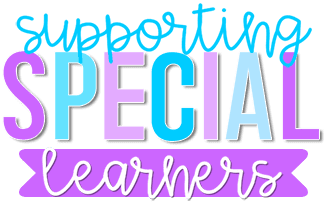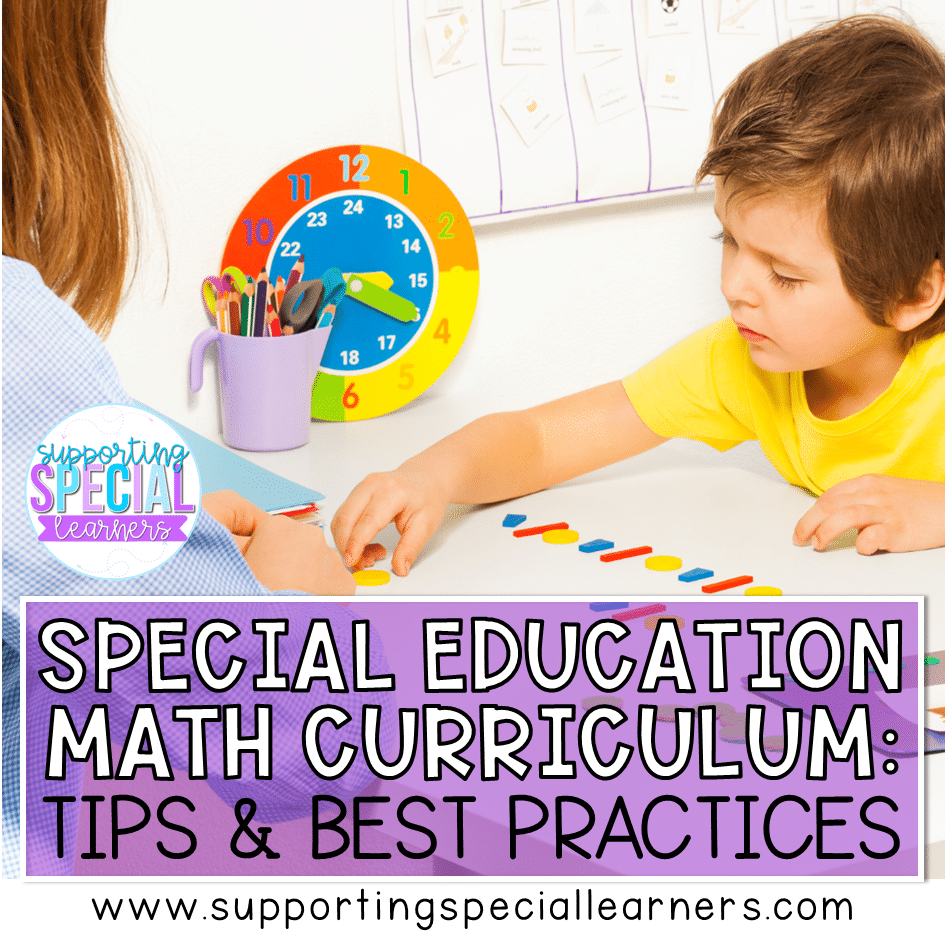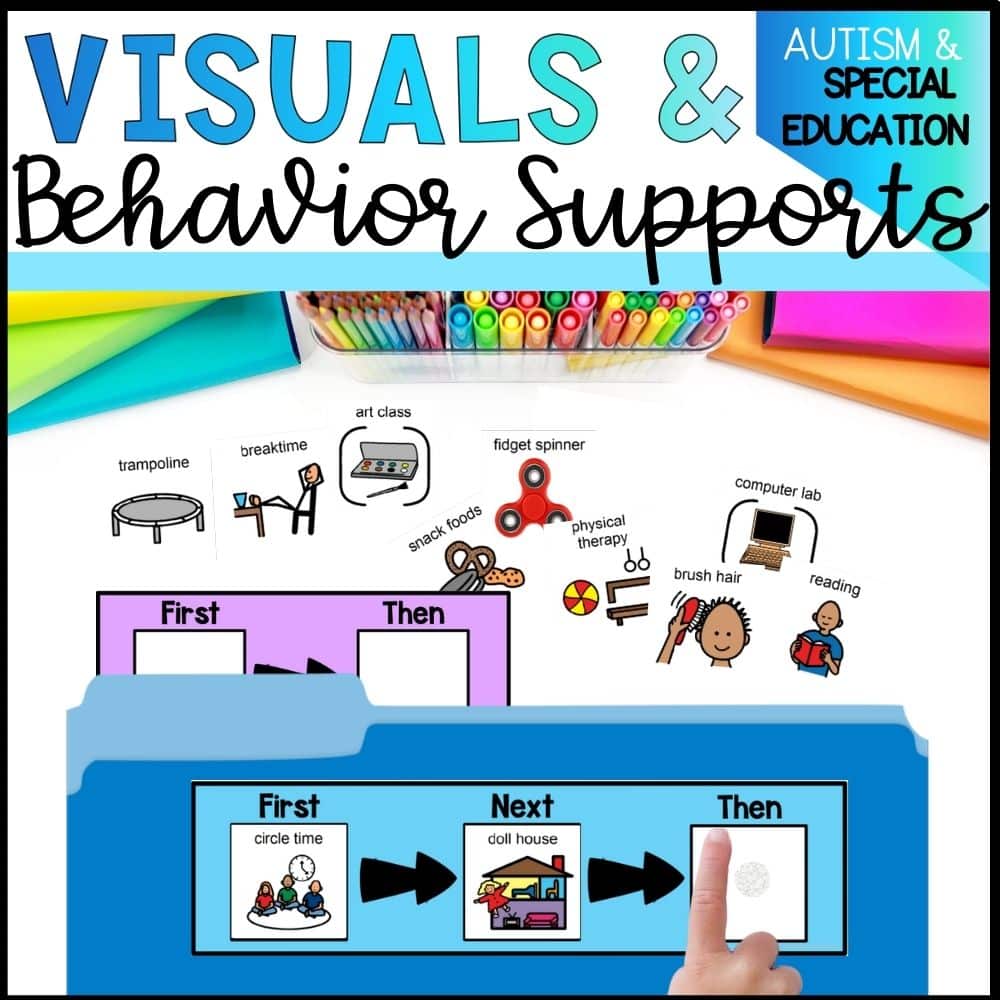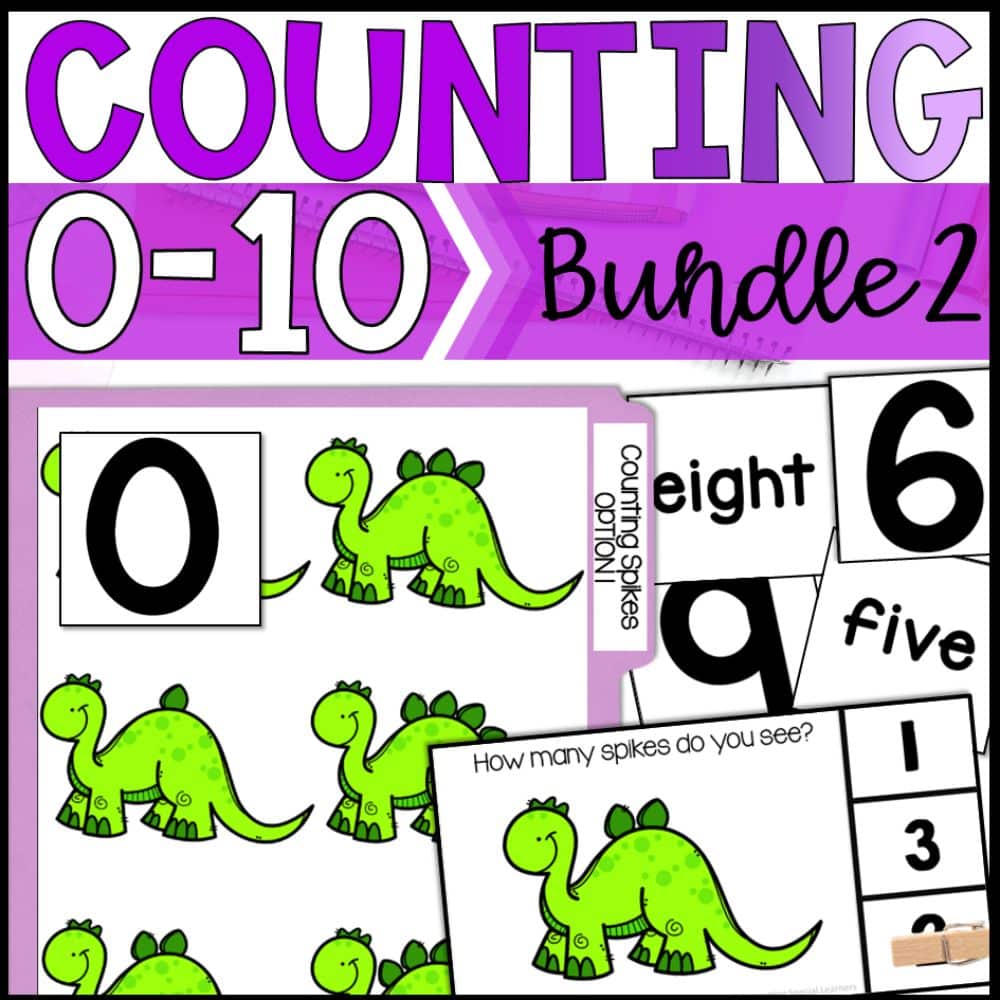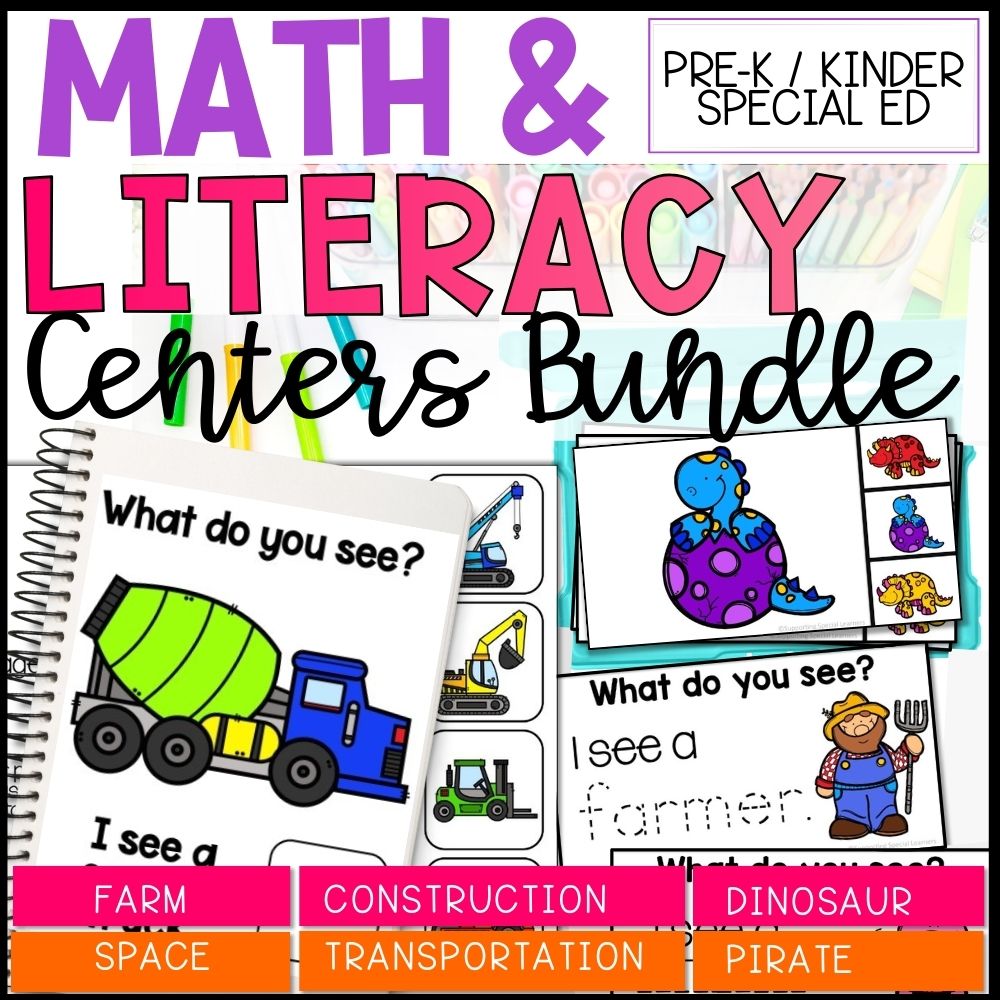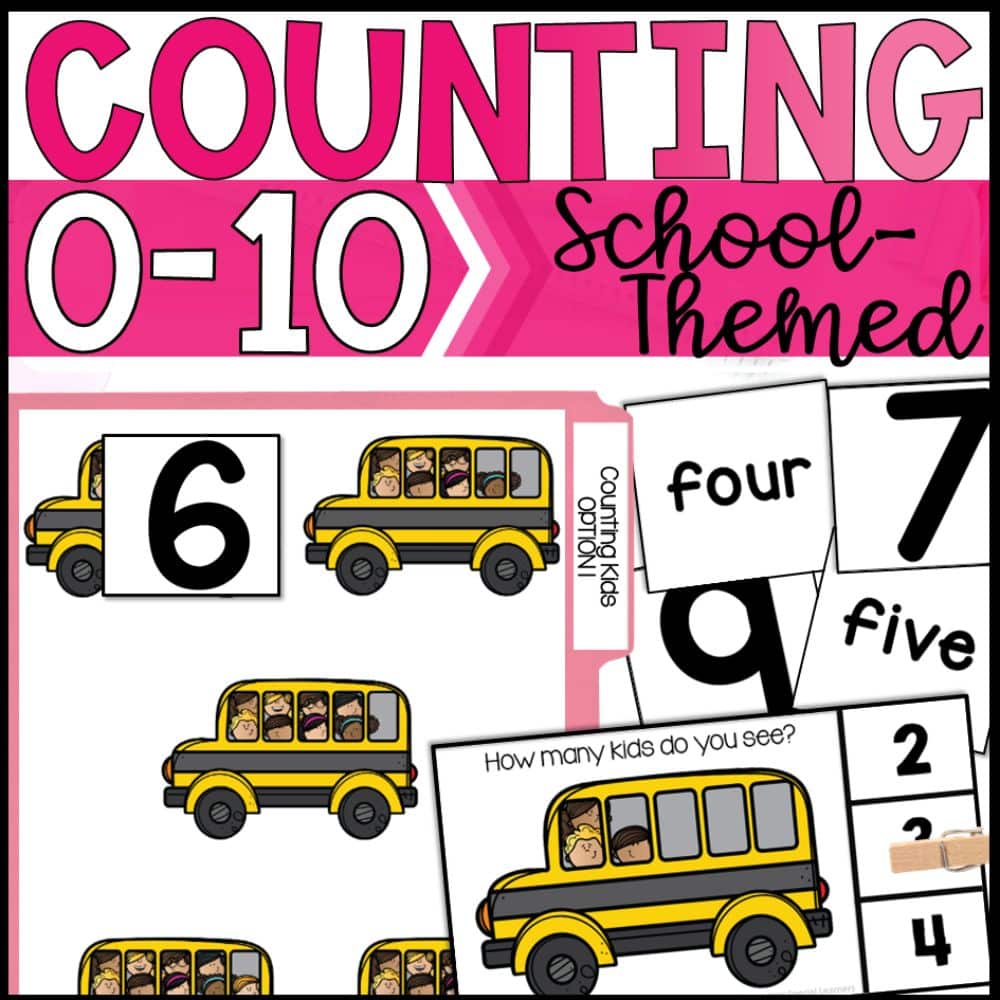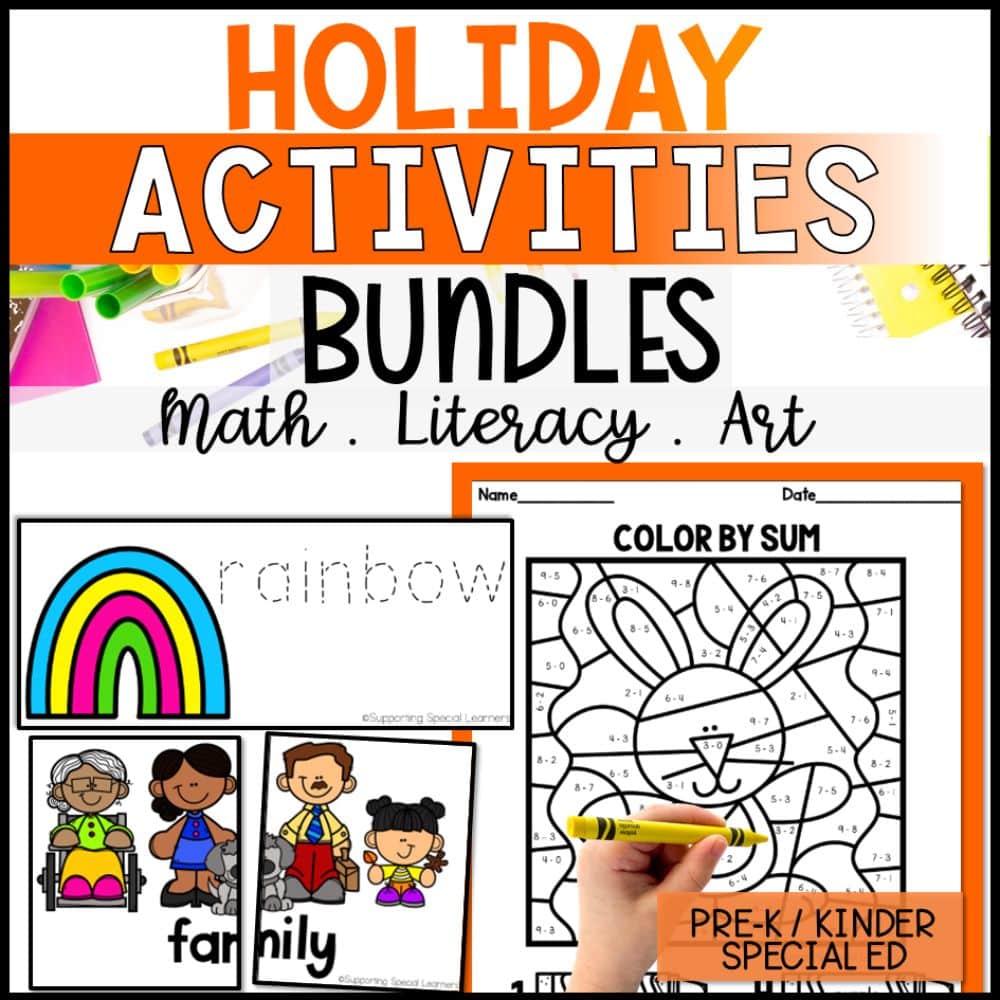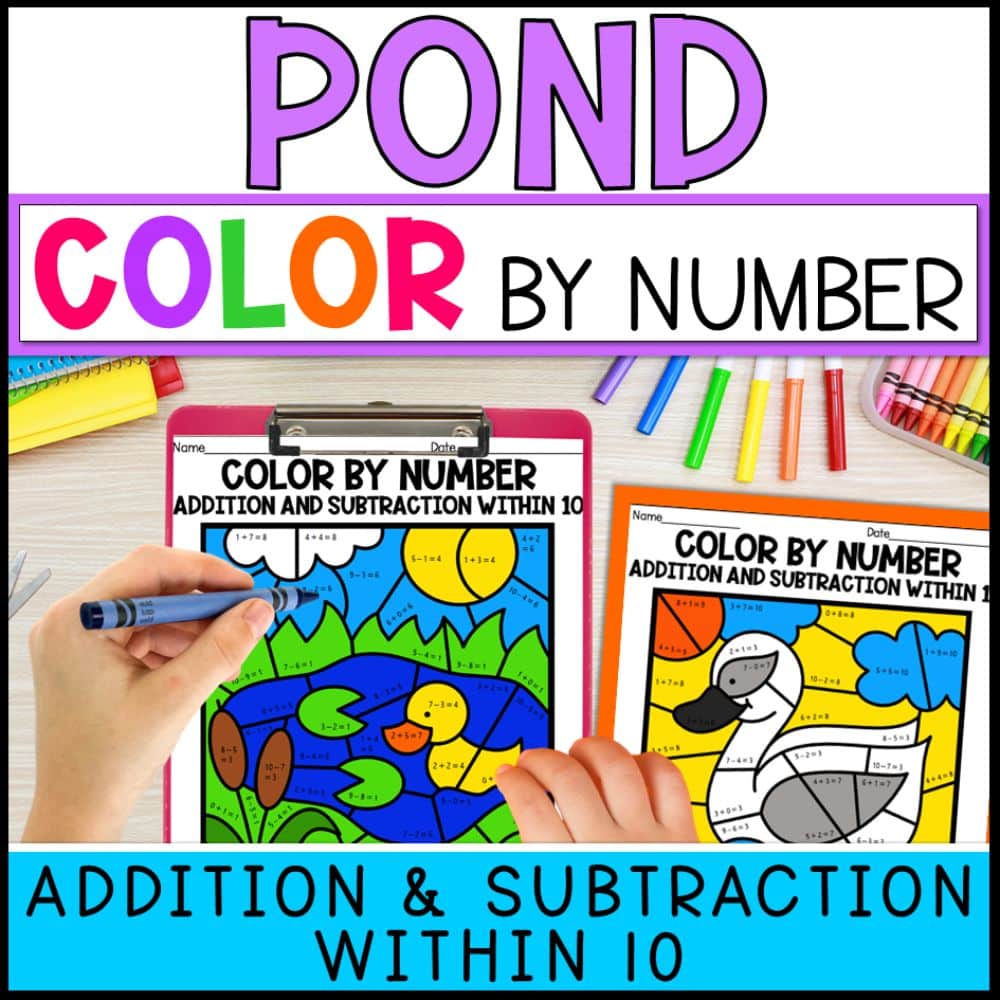- Incorporating Visual Supports in Special Education Math Curriculum
- Utilizing Technology Tools for Enhanced Learning
- Engaging Students Through Fun Activities
- Implementing Group Work for Social Skills Development
- Adapting Math Concepts for Diverse Learners
- Providing Guided Practice for Mastery
- Modeling Good Math Behavior and Language
- Conclusion
- Frequently Asked Questions
Teaching math to students with special needs can be challenging, but with the right strategies, it can also be rewarding. This article explores effective tips and best practices for creating a special education math curriculum that meets the unique needs of each student. By using visual supports, technology, engaging activities, group work, and more, teachers can help all students succeed in math.
Key Takeaways
- Visual aids can clarify math concepts and make learning easier for students with special needs.
- Technology tools like apps and software can enhance engagement and understanding in math lessons.
- Incorporating fun activities such as games and songs can motivate students and make learning enjoyable.
- Group work promotes social skills and collaboration, helping students learn from each other.
- Adapting math content and allowing various participation methods can ensure all students can engage with the material.
Incorporating Visual Supports in Special Education Math Curriculum
Benefits of Visual Aids
Visual aids are crucial in special education math because they help students grasp complex concepts. Using visuals can make abstract ideas more concrete, allowing students to understand better. They also support independent learning by providing step-by-step guidance, which is especially helpful for those with memory challenges.
Types of Visual Supports
There are various types of visual supports that can be used:
- Charts and Graphs: These can illustrate data and relationships.
- Visual Schedules: Help students know what to expect during lessons.
- Manipulatives: Physical objects that students can use to visualize math problems.
- Task Analysis Strips: Break down tasks into manageable steps.
Implementing Visuals Effectively
To implement visuals effectively in your math curriculum:
- Identify Key Concepts: Determine which concepts need visual support.
- Choose Appropriate Visuals: Select visuals that match the learning objectives.
- Integrate into Lessons: Use visuals consistently during instruction.
- Encourage Interaction: Allow students to engage with the visuals, such as using manipulatives.
Visual supports not only enhance understanding but also promote self-regulation and engagement in students with special needs. For more resources, check out visuals and behavior supports.
By incorporating these strategies, educators can create a more inclusive and effective learning environment for all students, especially those with unique learning needs. For additional ideas, explore engaging back to school special education activities.
Utilizing Technology Tools for Enhanced Learning
Nowadays, technology plays a big role in boosting learning, especially in special education math. It offers valuable support for students with disabilities, helping them connect more easily with math concepts and stay engaged.
Software and Apps
Using software and apps can make learning math more engaging. Here are some popular options:
- Prodigy Math Game: This free, adaptive math platform uses fun game mechanics to help students practice math skills at their own pace, making it great for individual learning and engagement.
- SplashLearn: This app offers a wide range of interactive math games and activities tailored to different learning levels, providing a playful yet educational approach to practicing key math concepts.
Both tools aim to create an inclusive environment, allowing students to learn confidently while keeping math fun and accessible.
Assistive Technology Options
Assistive technology can help students access math content more effectively. Some options include:
- Text-to-speech software
- Graphic calculators
- Interactive whiteboards
Integrating Tech in Lessons
To effectively integrate technology into math lessons, consider the following steps:
- Identify the specific needs of your students.
- Choose appropriate technology tools that align with those needs.
- Incorporate these tools into your lesson plans, ensuring they enhance understanding.
- Monitor student progress and adjust the use of technology as needed.
By leveraging technology, educators can create a more inclusive and engaging math curriculum that meets the diverse needs of all learners.
Engaging Students Through Fun Activities
Games and Interactive Learning
Incorporating games into math lessons can make learning enjoyable and effective. Here are some ideas:
- Math Bingo: Create bingo cards with math problems. Students solve the problems to mark their cards.
- Board Games: Use games like Monopoly to teach money management and basic math skills.
- Online Quizzes: Platforms like Kahoot! allow students to compete in a fun, interactive way.
Incorporating Music and Movement
Music and movement can enhance learning by making it more dynamic. Consider these activities:
- Math Songs: Create catchy songs that teach math concepts.
- Dance Breaks: Use short dance sessions to refresh students’ minds between lessons.
- Movement Activities: Incorporate physical activities that involve math, like hopscotch with numbers.
Creating a Positive Learning Environment
A supportive atmosphere is crucial for engagement. Here are some tips:
- Celebrate Efforts: Recognize students’ hard work, not just correct answers.
- Encourage Teamwork: Foster collaboration through group activities.
- Use Visuals: Incorporate colorful charts and graphics to make the classroom inviting.
Engaging students through fun activities not only boosts their interest in math but also helps them develop essential skills in a relaxed setting. When learning is enjoyable, students are more likely to participate and succeed.
Implementing Group Work for Social Skills Development
Benefits of Collaborative Learning
Group work in math classes can greatly enhance social skills among students. It allows them to:
- Collaborate with peers
- Develop problem-solving abilities
- Communicate effectively
By working together, students learn to share ideas and support each other, which is essential for their overall development.
Strategies for Effective Group Work
To make group work successful, consider these strategies:
- Set clear goals for each group activity.
- Assign roles to each student to ensure participation.
- Monitor group dynamics and provide guidance as needed.
- Encourage students to reflect on their group experiences.
Fostering Communication Skills
Effective communication is key in group settings. Here are some ways to promote it:
- Use think-pair-share activities to encourage discussion.
- Implement regular check-ins to assess group progress.
- Provide feedback on both academic and social interactions.
Group work not only helps students learn math but also builds essential life skills that they will use beyond the classroom.
Incorporating group work into your math curriculum can create a more inclusive and engaging environment for all learners. For example, using resources like Six Themes Bundle Counting to 10: Task Cards, File Folders can make math fun and accessible. Similarly, Six Themes Math and Literacy Centers: Special Education & Kindergarten offers engaging activities that support collaborative learning in a safe space.
Adapting Math Concepts for Diverse Learners
Using Extended Content Standards
Many states have extended content standards that break down original standards for students with disabilities. This helps teachers know what to focus on. For example, if middle schoolers learn about exponents, the extended standards might only require students with disabilities to understand exponents up to two. This way, instruction can be tailored to meet their needs.
Color Coding and Visual Strategies
Color coding is a great way to help students understand math problems. By using different colors for various parts of a problem, students can better visualize what they need to do. Here’s how you can implement this:
- Identify key components of the problem.
- Assign a color to each component.
- Use these colors consistently in practice.
Visual aids, like pictures and graphic organizers, can also help students grasp concepts. For instance, using a number line can assist with adding integers. Graphic organizers can break down complex problems, making them easier to solve.
Allowing Various Participation Methods
It’s important to let students participate in ways that suit their abilities. Here are some options:
- Allow students to cut and paste answers instead of writing.
- Give them choices, like circling answers.
- Use manipulatives to make learning more hands-on.
Adapting math concepts is essential for helping all students succeed. By using these strategies, teachers can create a more inclusive learning environment.
By implementing these methods, educators can ensure that all students, including those with disabilities, have access to a meaningful math education. Engaging resources, like the School Theme Counting to 10 Bundle, can further enhance learning by providing hands-on activities that support diverse educational settings.
Providing Guided Practice for Mastery
Role of Teacher Support
Guided practice is essential for helping students master math concepts. During this phase, teachers provide support as students work through problems. This can include:
- Step-by-step instructions to break down complex tasks.
- Verbal prompts to guide students in the right direction.
- Visual aids to reinforce understanding.
Step-by-Step Instructions
- Introduce the concept clearly.
- Model the problem-solving process using think-aloud strategies.
- Allow students to attempt problems with support.
- Provide feedback to correct misunderstandings.
- Encourage independent practice once they show confidence.
Building Student Confidence
It’s important to recognize students’ efforts, not just their successes. Positive reinforcement can motivate students to keep trying, even when they make mistakes. For example, using activities like Holiday Activity Bundle can make practice enjoyable and accessible. This approach fosters a supportive environment where students feel safe to explore and learn.
Guided practice allows students to learn math in a supportive setting, helping them build confidence and skills effectively.
Modeling Good Math Behavior and Language
Demonstrating Problem-Solving Techniques
Modeling effective problem-solving techniques is crucial in teaching math to students with special needs. By showing how to approach problems step-by-step, students can learn to replicate these methods. This includes breaking down complex problems into smaller, manageable parts, which can make math less intimidating.
Using Think-Aloud Strategies
Using think-aloud strategies allows teachers to verbalize their thought processes while solving math problems. This method helps students understand the reasoning behind each step. For example, when working on color by number addition and subtraction within 10, teachers can explain their thought process, making it easier for students to follow along.
Encouraging Math Vocabulary
Incorporating math vocabulary in context is essential. Teachers should use terms like “sum,” “difference,” and “total” during lessons. This not only helps students learn the language of math but also reinforces their understanding of concepts. Regularly using these terms in discussions can help students become more comfortable with math language.
Modeling good math behavior and language creates a supportive environment where students feel confident to engage with math concepts. Encouragement and positive reinforcement can motivate students to try new strategies and learn from their mistakes.
By focusing on these strategies, educators can create a classroom atmosphere that promotes learning and confidence in math for all students.
Teaching kids the right way to think and talk about math is super important. When we show them how to use math words and ideas in everyday life, they learn better. Want to find great resources to help with this? Check out our website for more resources!
Conclusion
To wrap up, having a solid math curriculum is crucial for special education teachers working with students who find math challenging. The tools and strategies shared in this article provide helpful resources and flexible approaches to meet each student’s unique needs. By incorporating these ideas, teachers can create engaging, effective math lessons that not only build skills but also boost students’ confidence. Keep in mind, every student is different, so it’s important to tailor these strategies to fit their individual learning styles.
Frequently Asked Questions
What are visual supports in math education?
Visual supports are tools like pictures, charts, or diagrams that help students understand math concepts better. They make abstract ideas more concrete and easier to grasp.
How can technology help in teaching math to special education students?
Technology can provide interactive tools and apps that make learning math more engaging. It can also offer assistive devices that help students with disabilities access math content.
What types of activities can make math fun for students?
Fun activities include math games, songs, and hands-on projects. These activities can make learning more enjoyable and help students stay motivated.
Why is group work important in math education for special needs students?
Group work helps students develop social skills, learn to communicate with others, and work together to solve problems. It creates a supportive learning environment.
How can teachers adapt math lessons for different learning needs?
Teachers can adapt lessons by using simpler language, breaking tasks into smaller steps, and allowing students to use different methods to show their understanding.
What is guided practice, and why is it useful?
Guided practice allows students to work on math problems with support from a teacher or aide. This helps them build confidence and ensures they are learning the correct methods.
